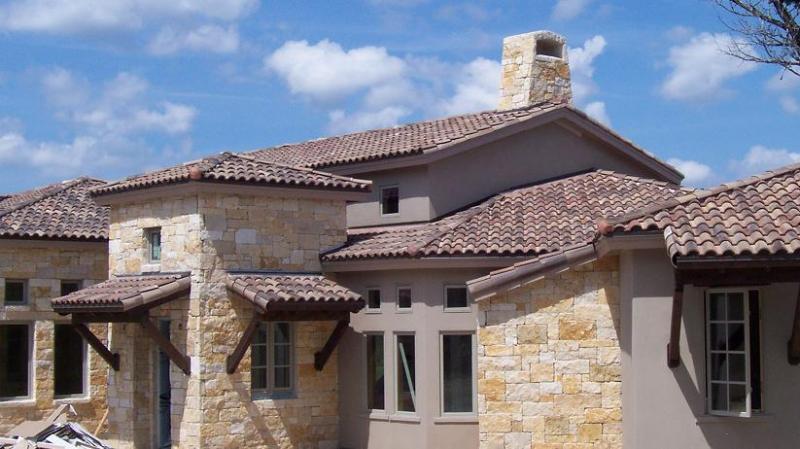 Clay roofing is widely used in different areas of the United States as well as in other countries including Mexico, Korea, and Norway among others. This type of material is one of the best options for residential or business establishments alike. Therefore, when in the process of choosing a material for a building, it is may prove helpful to read some of the information provided below.
Clay roofing is widely used in different areas of the United States as well as in other countries including Mexico, Korea, and Norway among others. This type of material is one of the best options for residential or business establishments alike. Therefore, when in the process of choosing a material for a building, it is may prove helpful to read some of the information provided below.
History
Clay tiles are a type of material that have been in use since the Roman times and are still commonly used in many places around the globe, including North America, Europe and Asia. In Korea, they were used on the tops of the shrines and other important historical buildings that date back to the late 1300’s. In Europe, settlers began utilizing this type of material in construction as early as the mid 17th century.
The designs of clay roofs found on houses built in Moravian settlements in Pennsylvania during the mid 18th century closely resemble those found in Germany. In the southwest part of the country particularly California, the Spanish missionaries manufactured the first mission tiles at the Mission San Antonio de Padua in the 1780’s.
From the 17th to the beginning of the 19th century, simple and flat rectangular clay tiles were commonly used and measured about ten inches by six inches by one-half inch. They were usually two holes at the end used as a nail fastener. Mortar was applied between layers in order to secure the pieces from bad weather.
Modern Material
The typical modern clay tiles of current times are seven inches by thirteen inches and one-quarter inch to one-half inch in thickness; they are shaped in molds and cooked in a kiln of up to two thousand degrees Fahrenheit to vitrify. The higher the temperature of the kiln, the harder and less porous is the finished product.
This vitrification or glass conversion process is necessary in order to make the tiles more durable. In addition, the melting and fusing of the alumina and silica make each piece waterproof. The surface can be decorated with an embossed pattern to resemble stone, slate or wood. The original color of this material is terracotta red – a color caused from the iron oxide content in the clay before it is glazed.
Tinted glaze can be applied to each piece to add color and more of a hard surface protection to each tile. The traditional way of glazing was done by pouring the glazing compound to coat the entire tile; however, now only one side is glazed through a spraying method. This reduces the cost of the material and the other unglazed part of the clay tile helps to allow moisture to escape.
Inspection Precautions
It is recommended that this type of roofing surface not be walked on for either maintenance or inspections as severe damage and costly repairs could be a result. It is advisable that any inspection be performed using a ladder propped on the edge of the roof. From the ladder, pictures of the surface can be taken where any damage may have occurred and need repair. A reputable roofing company should be hired to send a skilled inspector to perform any routine inspection.
Clay tiles have a long, rich history on many houses, buildings and other important establishments, especially in times gone past. By learning some important information about this material, clay can be included as one of the best options for many roofing needs!
Contact Schulte Roofing for Any of Your Brenham Roofing Needs!
Have you been looking for a Brenham roofing company to help determine the best material to use on your roof? Call Schulte Roofing at 800-367-7663; they can address this need as well as any other roofing issues that Washington Count customers may have!
